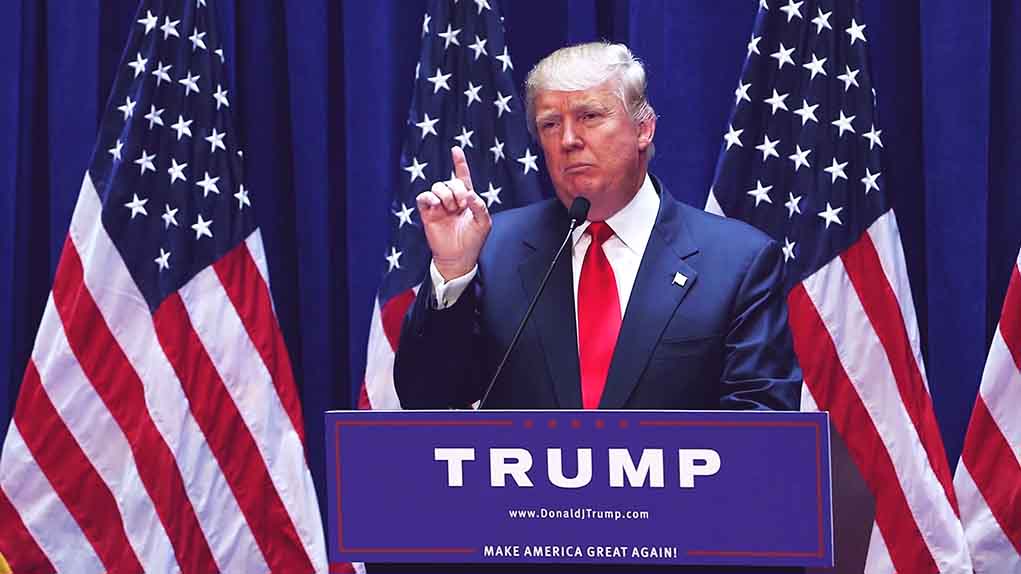
U.S.-Ukraine relations face a turning point as former President Donald Trump warns President Volodymyr Zelenskiy to negotiate peace with Russia or face dire consequences.
Key Takeaways
- President Donald Trump issued a direct threat to Ukrainian President Volodymyr Zelenskiy, urging him to reach a deal with Russia quickly.
- Trump has shifted the US stance, moving away from supporting Ukraine and preparing to negotiate directly with Russia, excluding Kyiv and European allies.
- Zelenskiy accused Trump of falling for Russian disinformation and vowed not to adhere to any peace deal made without Ukraine’s involvement.
- Some Republican lawmakers criticized Trump’s comments, affirming Russia as the aggressor.
- Zelenskiy is supported by 57% of Ukrainians, according to a recent poll.
Trump’s Peace Talks Directive
Trump has warned Zelenskiy that failing to negotiate with Russia could bring severe consequences for Ukraine. Describing Zelenskiy as a “modestly successful comedian” and a “dictator,” Trump has criticized the Ukrainian leader on social media, signaling a shift in traditional U.S. policy. Historically, the U.S. has been a staunch ally of Kyiv, but Trump’s message suggests a change, as he prepares to engage directly with Putin. This new approach disregards Ukrainian and European interests, leading to unrest among allies.
Zelenskiy remains firm, accusing Trump of spreading Russian disinformation and declaring that Ukraine will not accept peace deals made without its participation. Tensions are rising as U.S. and Russian officials recently met in Saudi Arabia without Ukrainian input. Additionally, plans for Trump and Putin to meet soon have added to geopolitical tensions, underscoring the volatility of relations.
Zelenskiy’s Leadership Challenges
At home, Zelenskiy is encountering significant political challenges. Despite Trump’s false claims that Zelenskiy’s support is only 4%, a poll shows 57% of Ukrainians back their president. However, calls for elections are heightening amid fears of Russian influence and logistical issues during wartime. The potential political landscape shift is further complicated by Valerii Zaluzhnyi, a former military chief, who has not dismissed the possibility of entering politics.
Political dynamics within Ukraine are shifting as Zelenskiy contends with a restless electorate and foreign pressure. Republican lawmakers have voiced disagreement with Trump’s narrative, affirming Russia as the primary aggressor in the ongoing conflict, reflecting a divide in opinion.
European Allies and Future Outlook
European leaders are grappling with the ramifications of this U.S. policy redirection. Concerns mount that pro-Russian narratives could gain traction amid the current U.S. leadership approach. Ongoing hostilities, exemplified by a recent Russian drone strike on Odesa following U.S.-Russian talks, only amplify the fragility of the situation.
As these geopolitical events unfold, the West faces the challenge of maintaining unity and supporting Ukraine amid diverging interests. The unfolding situation underlines the critical need for strategic cooperation and diplomatic finesse, ensuring long-term peace and stability in the region.
Sources
1. Trump Calls Zelenskiy ‘Dictator’ As US-Ukraine Alliance Unravels
2. Trump tells ‘dictator’ Zelenskiy to move fast or lose Ukraine















